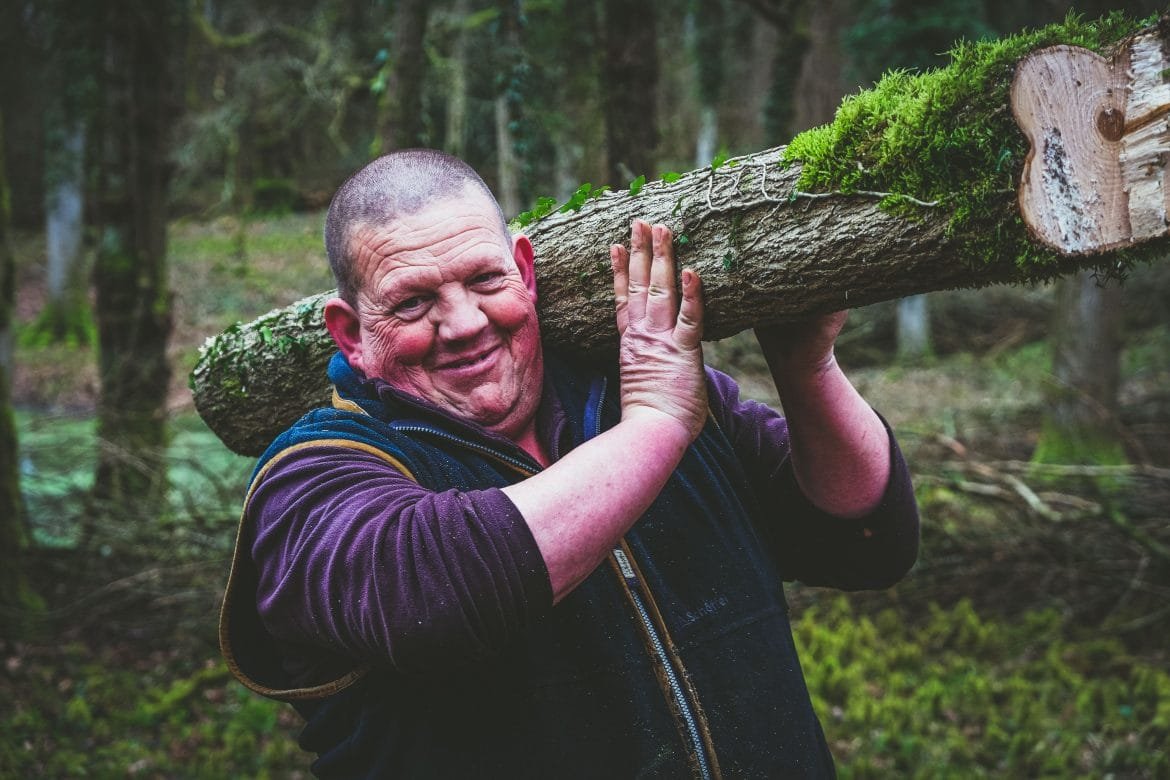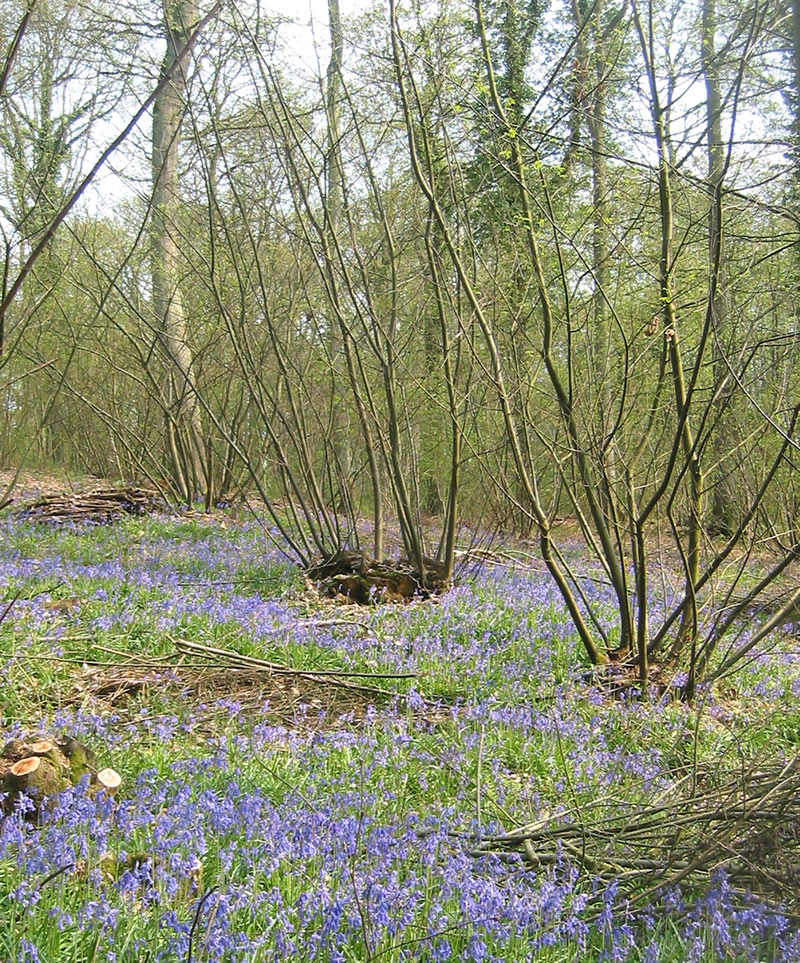

Given, however, that coppiced woodland comprises only 0.5% of the current woodland cover in the UK (Forestry Commission, 2003), it is clear that (where appropriate) an expansion in both the area and distribution of actively managed coppice could have huge benefits to the conservation and restoration of our woodland biodiversity.

some invertebrates such as stag beetles, lower plants, etc). Fuller (1992) reported on the high densities of migrant song-birds that could be sustained in worked coppice.Ĭommercial coppicing and conservation go hand-in-handĪs an industry we recognise that coppicing, whilst beneficial to some species and species groups, can be detrimental to others (ie. These structural changes may have been driven by changes in woodland age, reduction in management and deer browsing (Amar et al.
#Coppice woodland management driver
Changes in woodland structure were thought to be the most likely driver for many of the bird declines observed in a resurvey in 2003/4 of woods first visited in the 1980s or earlier.  The decline of coppice woodland management is probably a significant factor in the present scarcity of dormice (Muscardinus avellanarius) (Bright and Morris 1990). (2005) found a reduction in ground flora species richness in woods surveyed in 19 associated with increasing basal area of trees and shrubs (basal area often being closely associated with canopy cover) Of six butterfly species associated with clearings in woodlands, three have shown marked national declines: a 77% decline since 1970–82 in the case of the High Brown Fritillary (Argynnis adippe) (Asher et al. The following list is taken from ‘Biodiversity implications of coppice decline, transformations to high forest and coppice restoration in British woodland’ (Kirby, K J.
The decline of coppice woodland management is probably a significant factor in the present scarcity of dormice (Muscardinus avellanarius) (Bright and Morris 1990). (2005) found a reduction in ground flora species richness in woods surveyed in 19 associated with increasing basal area of trees and shrubs (basal area often being closely associated with canopy cover) Of six butterfly species associated with clearings in woodlands, three have shown marked national declines: a 77% decline since 1970–82 in the case of the High Brown Fritillary (Argynnis adippe) (Asher et al. The following list is taken from ‘Biodiversity implications of coppice decline, transformations to high forest and coppice restoration in British woodland’ (Kirby, K J.







 0 kommentar(er)
0 kommentar(er)
